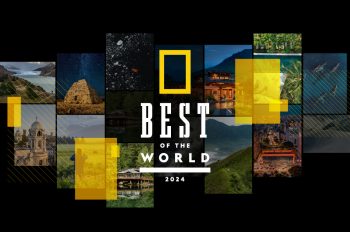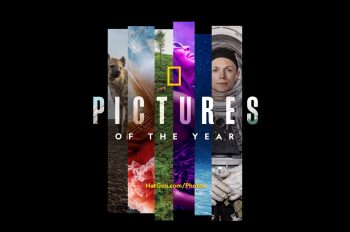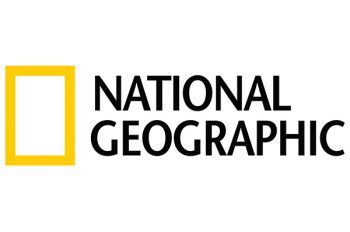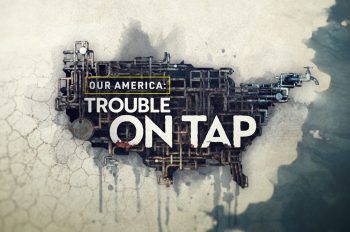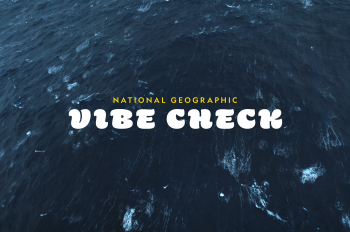
Press Room
Latest Announcements

Contact Us
If you are a member of the press with an urgent inquiry or interview request, please email pressroom@natgeo.com
Additional Press Resources
Requesting permission to reprint a map or photo?
Please email ngp.natgeoimagecollection@disney.com
To purchase single copies or back issues of the magazines, send an email to natgeosinglecopy@cdsfulfillment.com
National Geographic Society Inquiry?
If you have a media request related to: National Geographic Museum, explorers, grants, research, or BioBlitz please visit the National Geographic Society press room. For National Geographic Live please email nglive@ngs.org.
Non-media Questions
Not sure where to send your question? Visit our Support Center.
For National Geographic TV Screeners visit the Nat Geo TV Press Room.
Boilerplate
Nat Geo Media is a worldwide digital, social and print publisher, operating in over 170 countries, with several print and digital products and over 1/2 a billion followers on social media. We inspire curious fans of all ages through bold and innovative storytelling about people, places, and projects that shape our world and enable our fans to connect, explore, engage with and care about the world. For more information, visit nationalgeographic.com, find us on the National Geographic app, or visit us on Instagram, Facebook, Twitter, LinkedIn, YouTube, TikTok, and Reddit.
